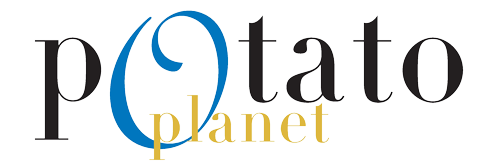Potato market chronicle May 2017
Publication author: Silvana Paolozzi – Ets Jacques Albert Potato market chronicle May 2017 All market chronicles With the end of the conservation campaign, the early harvest has already arrived, and the earliness of the crop is making up for the delay in markets from Spain. Rainfall across Europe has partially made up for the water deficit that had built up since the beginning of the year. Italy, Portugal and Spain are now focusing on new potatoes. The consumer market is sluggish, with a downward trend.June sales prospects look uncertain.2017 – 2018 potato season We can already look ahead to the 2017-2018 campaign. Plantings were higher in the NEPG, by around 3.6%, and we fear we’ll end up with far too many potatoes. This has been a very special year, with strong demand from the industry due to the lack of yields saving the day, and prices holding at a very good level. Growers were lucky. Potato exports On the export front, the situation was not good, with sales down among our long-standing customers. Italy, Germany and Poland, unlike France, had favorable weather with very good yields, and we were no longer competitive with these producer countries, particularly Germany and Poland, with price differentials of €50-100/tonne. These countries are developing habits, and this isn’t the first year we’ve found ourselves in this situation. The “made in” trend The “Made in” trend is also penalizing us. The most striking example comes from Italy, where our second largest customer is down 30%. They’ve practically been able to take care of themselves. Let’s not forget that these countries are increasingly equipped with refrigerated warehouses and high-tech equipment. Their quality is also improving. The vagaries of the weather certainly lead to situations in our favor or against us. We have to be vigilant to keep our long-standing customers, who include Spain and Italy, as well as Germany and others, who also have the same state of mind. Without industry, what would prices have been?

